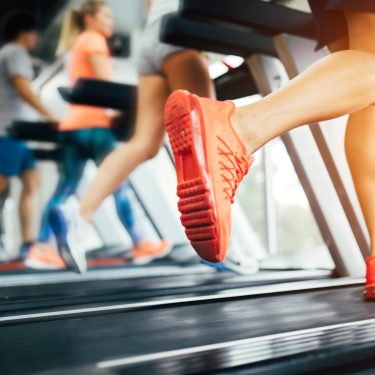


Glycogen loading is a technique practiced by some endurance athletes. It involves maximizing our energy reserves before a significant sporting event, similar to filling up at a gas station (or charging station for an electric vehicle) before embarking on a road trip. We can try to avoid this step, but we will inevitably need to stop much sooner without sufficient fuel.
But fill up with what? It is certainly not gasoline or a good little electric shock that will give us the energy before our sporting event! In fact, since our source of energy in nutrition are our famous carbohydrates, they are what we will need!
If you’ve made it this far in your reading and are wondering what carbohydrates are, I invite you to check out the previous article titled “Carbohydrates AKA ‘carbs”. This will equip you with the knowledge you need to better understand this new strategy before returning here.
Back to the topic! Glycogen loading, how to go about it? In fact, 2 to 3 days before an important competition or a heavy, intense training session, the aim is to increase carbohydrate consumption while also reducing the intensity and duration of our workouts. This ensures that we have sufficient glycogen reserves in our muscles and liver to be ready for an endurance-demanding event.
Note that glycogen loading is relevant if your event is longer than 1 hour and 30 minutes. Typically, our energy reserves last for about 1 hour and 30 minutes during moderate-intensity physical exertion. Once depleted, we experience a lack of energy, a slowdown in pace, diminished reflexes, and a feeling of hitting a wall. These symptoms are unlikely to occur if your regular carbohydrate intake is adequate and your event lasts less than 1 hour and 30 minutes. However, for longer events, here are a few tips to increase your carbohydrate consumption:
- Fill about half of your plate with starchy foods such as pasta, bread, potatoes, rice, or oats. Don’t hesitate to opt for refined versions like white bread or white pasta to avoid feeling too full too quickly and to reach the necessary quantities.
- Choose carbohydrate-rich snacks like dried fruits, applesauce, or energy bars! During glycogen loading, you need to consume a higher amount of carbohydrates, and trust me, you’ll need to eat more frequently to ensure you consume enough.
- Include simple sugars in your diet. These foods will help you consume more carbohydrates in a smaller quantity, allowing you to avoid feeling overly full while still meeting your carbohydrate needs. Maple syrup, candies, sugar, or jams can become your allies.
- Reduce the amount of protein you would typically consume. Protein has a sustaining effect, so if you don’t reduce it, you may not feel hungry enough to eat the planned amount of carbohydrates for your glycogen loading. Don’t worry, you won’t experience protein deficiency after this short-duration event.
Now it’s your turn to take action! However, don’t hesitate to consult a sports nutritionist to have a personalized glycogen loading plan or for any other specific questions regarding the method. They can provide expert guidance and support based on your individual needs.
By: Joanie Séguin, Dt. P.
Nutritionist, AXiO Sports Medicine Clinic
References
- Coleman E. Chapter 2 – Carbohydrate and exercise Sports nutrition: a practical manual for Professionals. 5th ed. ed: Academy of Nutrition and Dietetics; 2012.
- Jeukendrup A. A step towards personalized sports nutrition: carbohydrate intake during exercise. Sports Med. 2014;44 Suppl 1:s25-33.
- Whitney, E., Rolfes, S. R., Hammond, G., & Piché, L. A. (2015). Chapter 4: The Carbohydrates: sugars, Starches, and Fibres. In Understanding nutrition (pp. 96–133). essay, Nelson education.
- Hawley, J. A., Schabort, E. J., Noakes, T. D., & Dennis, S. C. (1997). Carbohydrate-loading and exercise performance. An update. Sports medicine, 24(2), 73-81. doi:10.2165/00007256-199724020-00001












